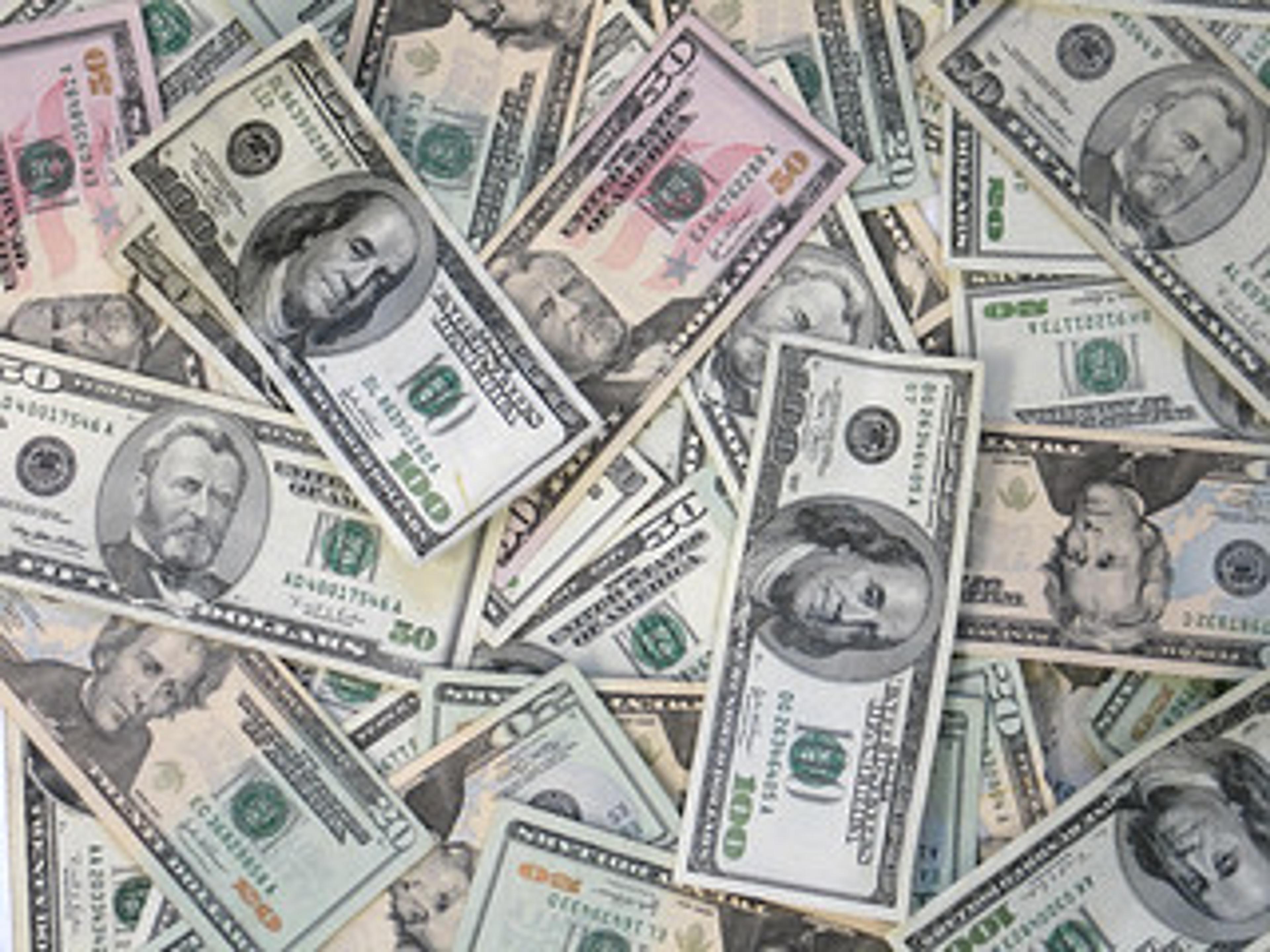How to present statistics to donors (Part III: International Dollars vs Real Dollars)
The WHO-CHOICE program ("Choosing Interventions that are Cost-Effective") presents DALYs saved per international dollar - most commonly the "Geary-Khamis" dollar. In short, an international dollar is an imaginary unit of currency that has the equivalent purchasing power parity of a US Dollar at some specified date. For example, a 2000 Geary-Khamis dollar is a unit of currency that buys you as many goods and services as a US dollar would have bought you in the US in the year 2000.

The WHO uses the Geary-Khamis dollar because it is an international organisation giving information to a range of donors who use different currencies, who are also choosing between investments in different countries with different goods and price levels; a Geary-Khamis dollar compacts all of the variation in nominal currency and in price level into one measure of real currency, i.e. currency that buys a certain amount of goods and services.
Now, there are many problems with the Geary-Khamis dollar from the point of view of economic theory and international justice. Thomas Pogge and Sanjay Reddy argue (in their paper "How Not to Count the Poor") that the use of international purchasing power metrics such as the Geary-Khamis dollar obscures economic reality and leads one to overweight the importance of aiding some countries over others.
From the point of view of writing about cost-effective charity donation, the take-home message is that Geary-Khamis dollars are fairly complex economic fictions that are not easy for donors to understand. Nobody actually uses Geary-Khamis dollars (apart from, well, people who lived in the US in the year 2000). So it is of no motivational or emotive relevance to say to someone: "You could get that for 40 Geary-Khamis dollars!"
For a general audience we should use real dollars (or pounds, or whatever currency your audience understands), and make sure to either date the currency to a particular year, or adjust your statistics for inflation year upon year. If there are significant purchasing power disparities to take into consideration, you should give the headline statistic first and then explain what the purchasing power disparity does to your cost-effectiveness measure; don't just bundle it into the piece of confusing economic terminology that is the Geary-Khamis dollar.
Summary
I have argued that we should take responsibility for the rhetoric we generate when making statistical arguments for cost-effectiveness and moral decision-making. My three key recommendations are:
- Write an executive summary highlighting the decisions the desired reader should make;
- Present cost-effectiveness data in DALYs/dollar not dollars/DALY - the former is a better frame;
- Draw linear graphs - they are clear to understand - and highlight a single comparative message; and
- Use real economic metrics, such as US dollars, that are used by people in their daily lives.
Joined us at part three? Check out Yuan's posts on framing and on representing data.
Image credit: CC-BY-SA 2.0 Tracy O